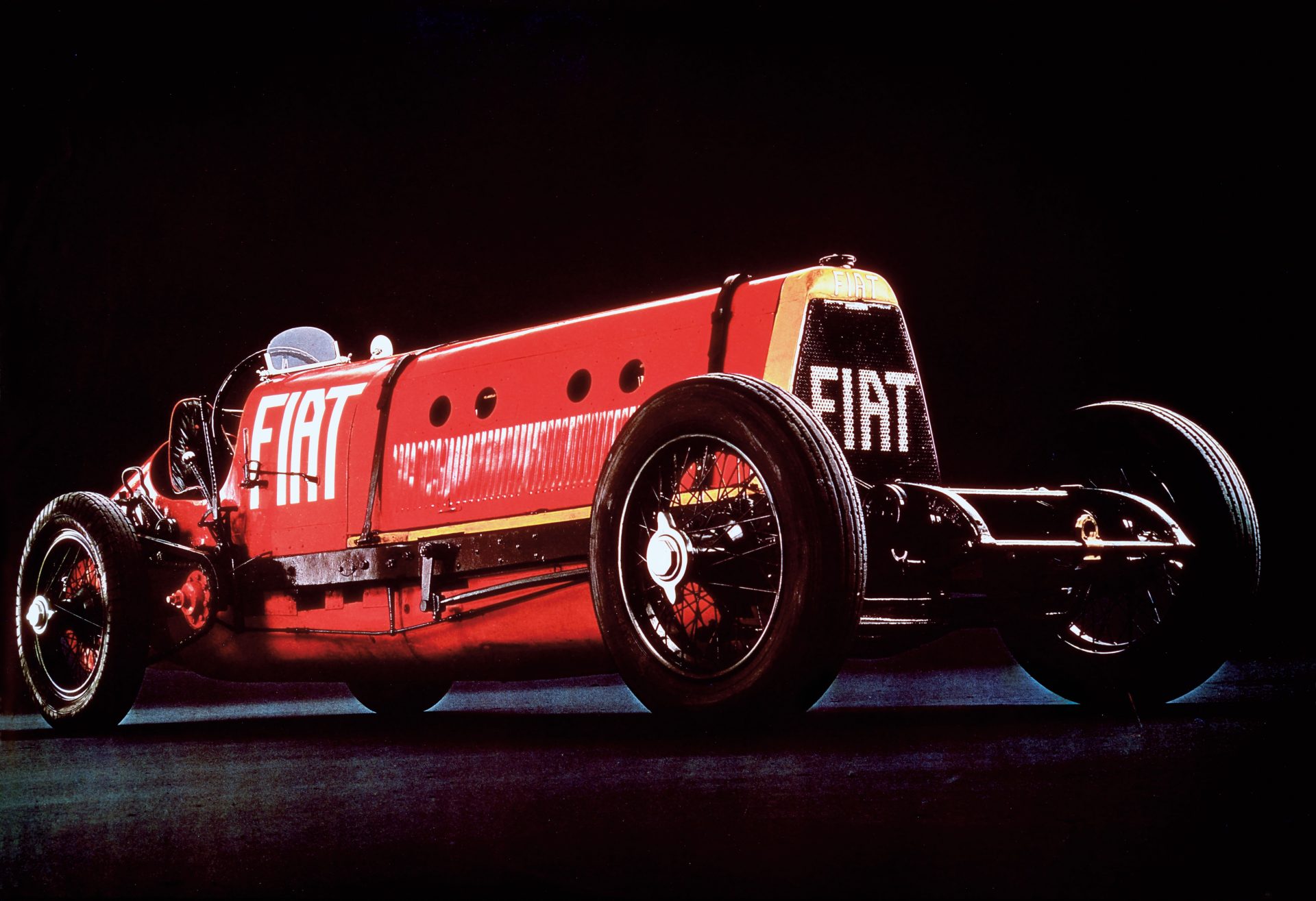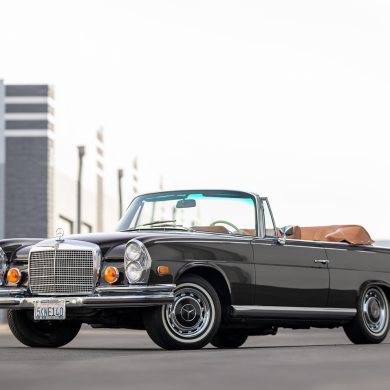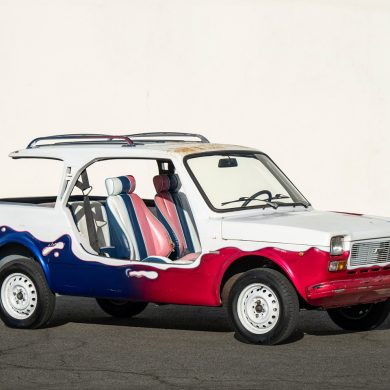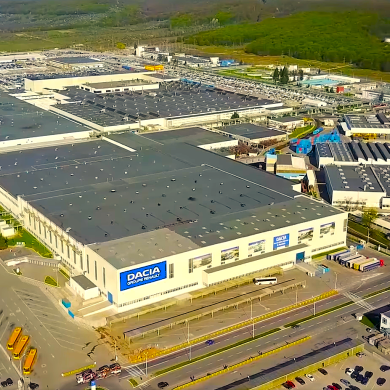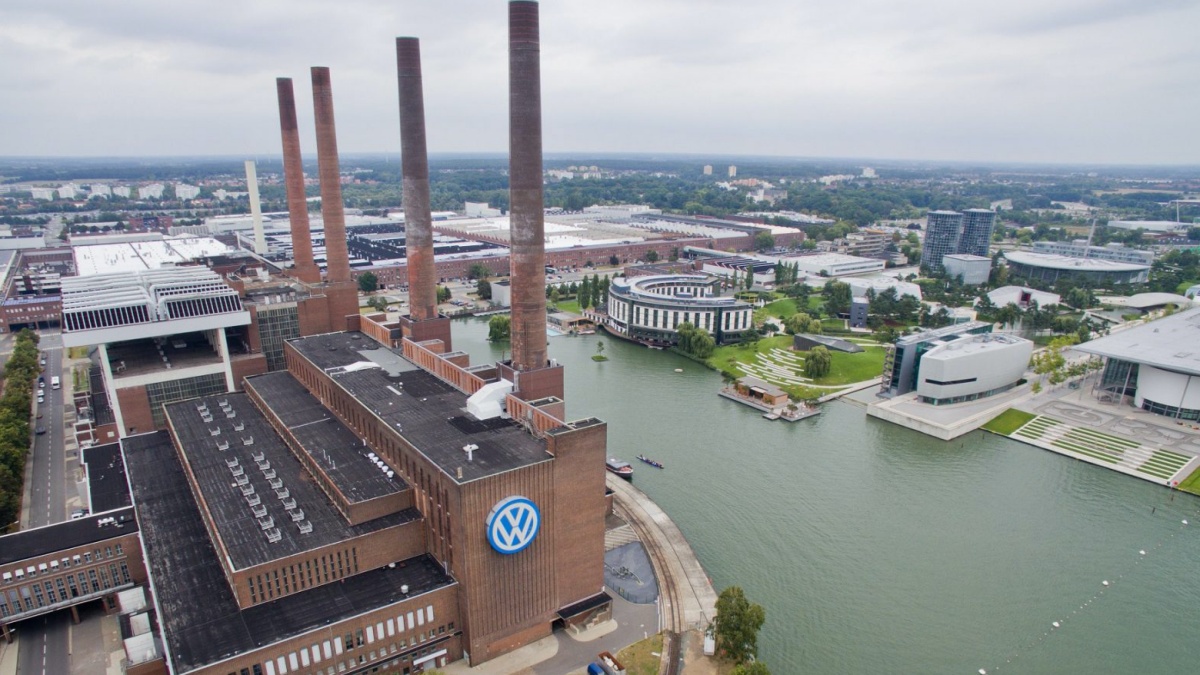The iconic racing car from Turin, Fiat Mefistofele celebrates its 100 years. It was developed by British pilot Ernest Eldridge and was equipped with an aircraft engine, which helped it break the world speed record.
One of the biggest ornaments of the Centro Storico Fiat was one of the great protagonists of the 125th anniversary of the brand. Undoubtedly, the Fiat Mefistofele deserves it. This authentic legend of automotive history was at the centre of a series of events during the summer in Turin, with a multimedia exhibition at the brand's museum and a conference supported by the Torino Capitale della Cultura d'Impresa 2024 and the Museo Nazionale dell'Automobile. Automobile of Turin (MAUTO).
The Fiat Mefistofele was developed by British pilot Ernest Eldridge and was equipped with an aircraft engine
If we are talking about the Fiat Mefistofele, we are also talking about its creator, the Englishman Ernest Eldridge. Like many young men from good families of the time, he found in new technologies, such as the automobile and aviation, a perfect field to quench his thirst for glory and adventure.
Born into a noble London family in 1897, Eldridge gave up his studies to fight in the First World War, a conflict in which he had his first contact with the car as an ambulance driver. After the conflict he became intensively involved in his two great passions, aviation and motorsport. His love of strong emotions led him into the world of racing and with a clear goal: to set a speed record that would stand the test of time. He was very clear about how he would achieve this: adapt an aircraft engine to a race car.
At that time, the "main drivers" did not have a team of engineers and designers working on the lightest alloy or the optimum aerodynamic coefficient. Drivers had to use their own cars and visit junkyards and junkyards to achieve, through hours of trial and error, a vehicle with winning performance. In 1921, following this process, he developed a car that, thanks to an aircraft engine with 240 horsepower, could reach 150 km/h.
But that was not enough. Eldridge built on the Fiat technology of the time, buying a Fiat SB4, an obsolete 1907 racing car, and acquired the Fiat A.12 engine. This six-cylinder engine had popular features... from the air shafts to the controls of reconnaissance aircraft like the SIA 7B or Fiat R2 or bombers like the Caproni Ca.44.
Putting such a mass on the front of a car would not be an easy task. On the mechanical side, Eldridge modified the cylinders by fitting them with four Magneti Marelli valves and spark plugs, while for the body he used the remains of a crashed London bus. The result, a real monster capable of producing 350 horsepower at 1,800 rpm and a hellish noise, earning it the nickname "Mefistofele" with which it has gone down in history.
"Mephistophele" soon attracted attention. Delage, a brand specialising in racing cars, and its top driver, René Thomas, the multiple winner of the Indianapolis 500, challenged him to a duel to try to break the world speed record. His weapon: the 350 horsepower Delage V12 'La Torpille'. The date: July 1924 on Route Nationale 20, near Arpajon (France). Eldridge took the glove.
On 5 July, the Fiat Mefistofele set a world record on dirt roads, reaching 230.55 km/h. But its rivals claimed the title because it lacked reverse speed, a requirement for the record to be approved. The next day they would break the record, at 230.63 km/h. This did not deter Eldridge, who, with the help of a local blacksmith, managed to incorporate a reverse gear into his race car. With this modification he returned to the streets on 12 July and tasted his revenge: 234.98 km/h, a figure that would make him a legend.


